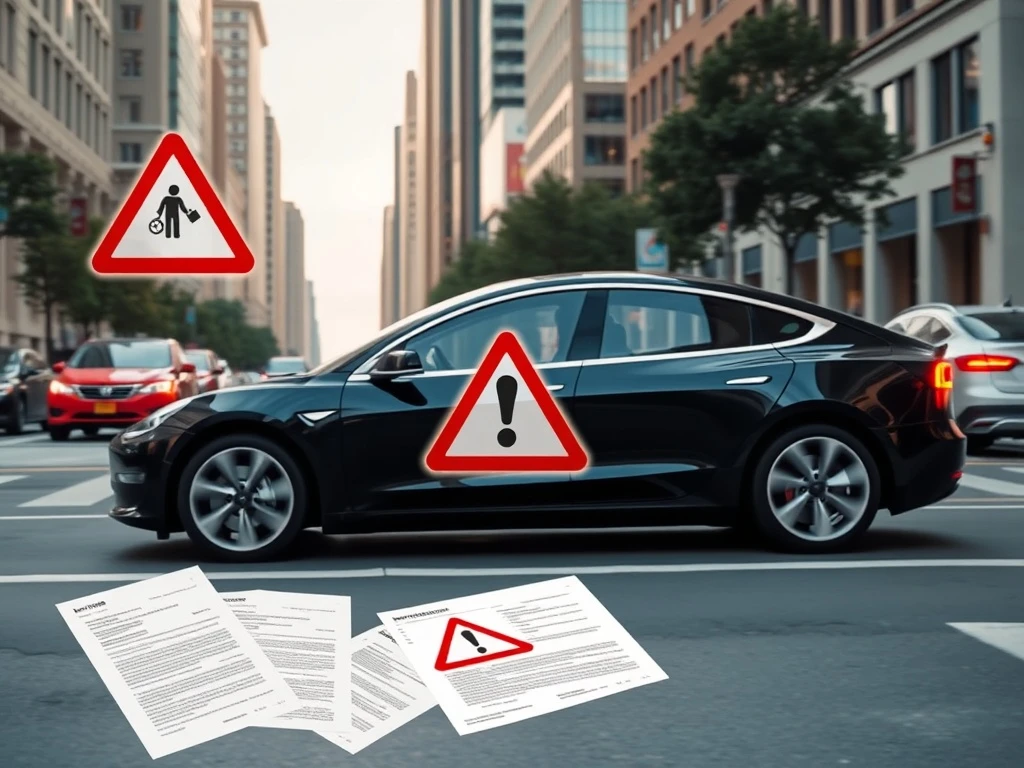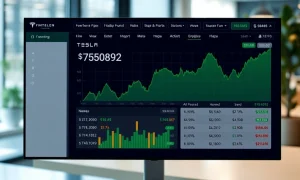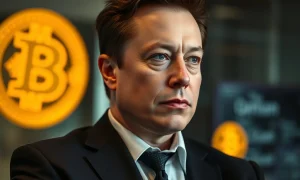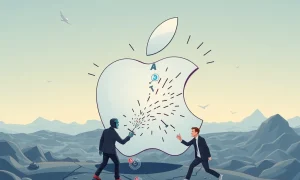Tesla’s ambitious Full Self Driving technology faces mounting regulatory pressure as authorities intensify scrutiny over Elon Musk’s repeated claims about the system’s capabilities and timeline for full autonomy.
Tesla Full Self Driving Under Regulatory Investigation
Multiple government agencies currently examine Tesla’s autonomous driving assertions. Consequently, these investigations focus on marketing accuracy and system performance. Moreover, regulators question whether Tesla Full Self Driving matches public statements. The National Highway Traffic Safety Administration leads this comprehensive review. Additionally, state authorities coordinate separate inquiries into safety concerns.
Key Investigation Points
- Marketing claims versus actual performance
- Safety data collection and reporting
- System limitations disclosure
- Timeline accuracy for full autonomy
Elon Musk’s Full Self Driving Timeline Controversy
Elon Musk repeatedly predicted full autonomy within specific timeframes. However, these predictions consistently missed announced deadlines. For instance, Musk declared in 2019 that Tesla vehicles would achieve full self-driving capability by 2020. Subsequently, similar projections continued through 2023. Regulatory bodies now examine whether these statements misled consumers about current capabilities.
Documented Timeline Discrepancies
- 2019: “Full self-driving next year” statement
- 2020: “Feature complete” declaration
- 2021: “Wide release” promises
- 2023: “Supervised full self-driving” claims
Technical Challenges With Full Self Driving
Tesla’s approach relies heavily on camera-based vision systems. Meanwhile, competitors often incorporate additional sensor technologies. This difference creates ongoing debate about system reliability. Furthermore, edge cases continue challenging the Tesla Full Self Driving system. Weather conditions particularly affect performance consistency. Urban environments also present significant obstacles for consistent operation.
Consumer Impact and Safety Considerations
Regulators express concern about driver understanding of system limitations. Many consumers reportedly overestimate Tesla Full Self Driving capabilities. This misunderstanding potentially creates safety risks during operation. Additionally, insurance companies monitor accident data involving activated systems. Recent studies show mixed results regarding safety improvements.
Safety Performance Metrics
- Mileage between interventions
- Urban versus highway performance
- Weather-related performance degradation
- Driver monitoring effectiveness
Market and Financial Implications
Tesla charges significant fees for Full Self Driving packages. These payments total thousands of dollars per vehicle. Consequently, regulatory action could affect future revenue streams. Additionally, stock performance remains sensitive to autonomy development news. Investors closely watch regulatory developments and technical milestones.
Industry-Wide Autonomous Vehicle Regulation
Tesla’s situation reflects broader regulatory trends. Governments worldwide struggle with autonomous vehicle oversight. Standards development continues across multiple jurisdictions. However, consensus remains elusive about appropriate safety requirements. This regulatory uncertainty affects all autonomous vehicle developers.
Frequently Asked Questions
What is Tesla Full Self Driving capable of currently?
Tesla Full Self Driving currently operates as a Level 2 system requiring constant driver supervision. It handles steering, acceleration, and braking on mapped roads but cannot operate independently.
How much does Tesla Full Self Driving cost?
The system currently costs $12,000 upfront or $199 monthly subscription in the United States. Pricing varies by region and changes periodically.
What regulatory agencies investigate Tesla?
The National Highway Traffic Safety Administration, Securities and Exchange Commission, and California Department of Motor Vehicles all conduct separate investigations into various aspects of Tesla’s autonomous claims.
Has Tesla Full Self Driving caused accidents?
Several accidents involved activated Full Self Driving systems, though Tesla maintains the technology improves overall safety when used properly with driver attention.
When will Tesla achieve full autonomy?
Elon Musk’s predictions have repeatedly proven optimistic. Most independent analysts believe full autonomy remains several years away at minimum, with regulatory approval adding additional timeline uncertainty.
Can Tesla Full Self Driving operate without driver input?
No, the system requires driver supervision and readiness to take control immediately. Tesla explicitly states the technology does not make the vehicle autonomous.








